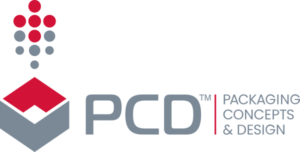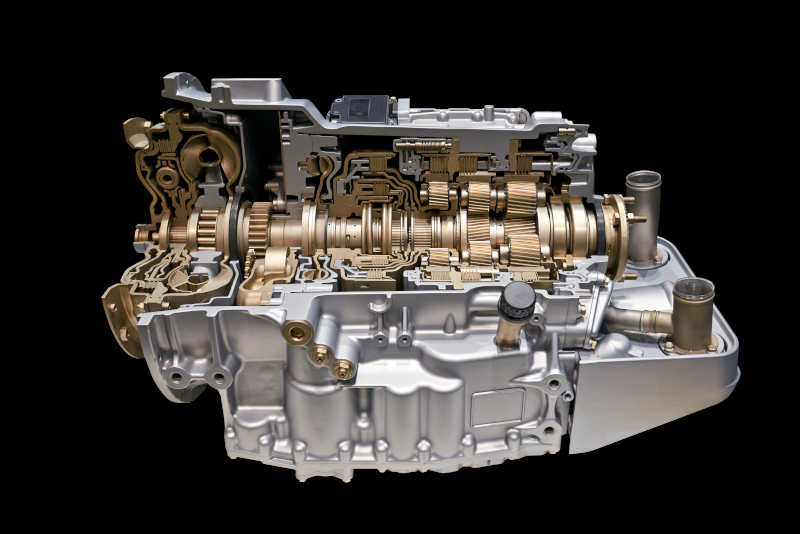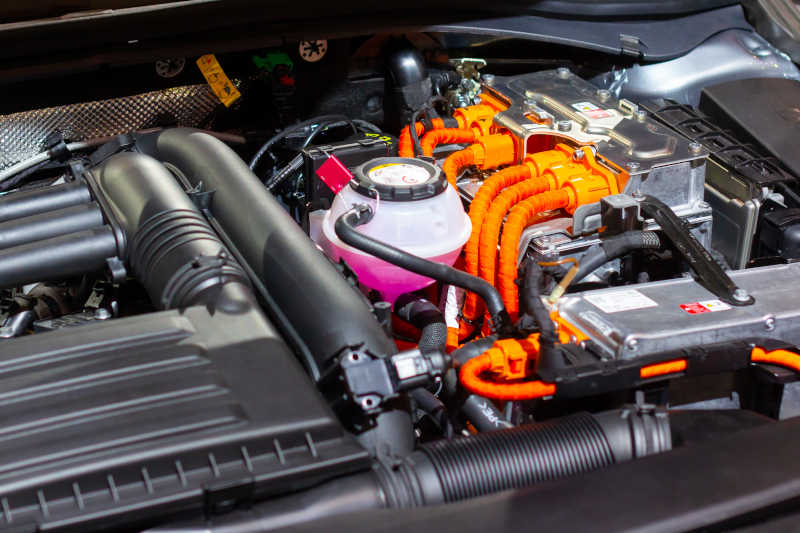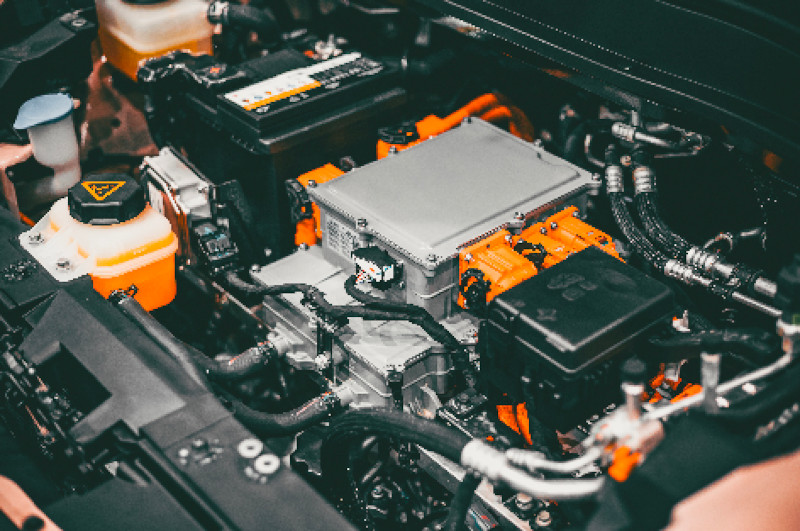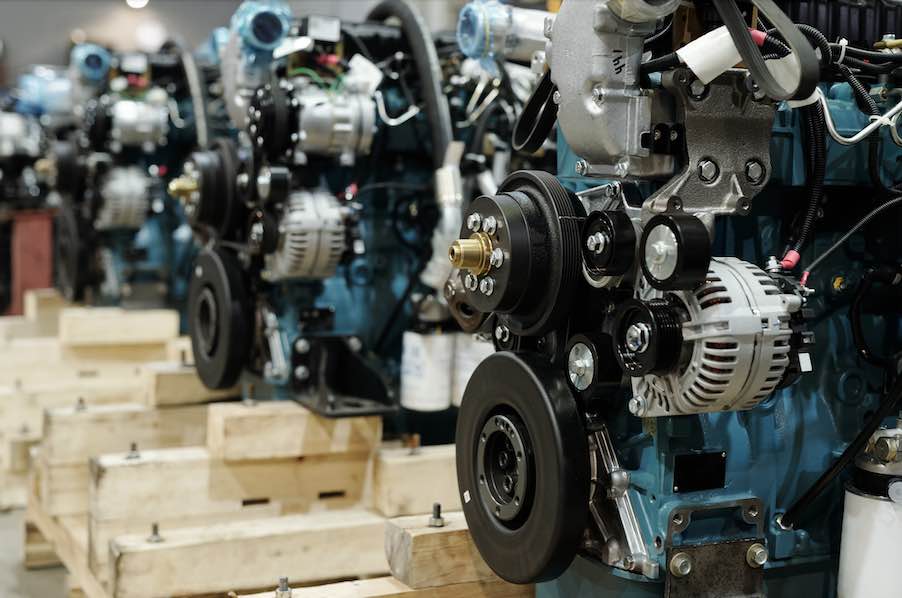Adapting to the changing needs of shipping and manufacturing is critical for automotive production. One area where this adaptability is particularly crucial is powertrain packaging. As powertrain components and technologies are developed, manufacturers must find ways to integrate these elements into existing powertrain packaging without compromising efficiency, safety, or cost-effectiveness. What are the key considerations and strategies for successfully adding components to existing powertrain packaging?
Understanding the Challenges
Space Constraints
One of the primary challenges in adding components to existing powertrain packaging is dealing with space constraints. Powertrain systems are typically designed with precise measurements and limited available space. We utilize customers’ math data to determine and create virtual packing models. Integrating additional components requires careful planning and innovative packaging design solutions to ensure that all elements fit together seamlessly.
Material Selection and Durability
Powertrain packaging must balance protection, weight, and cost efficiency. The materials used in packaging must be strong enough to shield sensitive components, such as transmissions, engines, and battery packs, from impact, vibration, contamination, and environmental factors like moisture and temperature fluctuations. High-strength steel and aluminum are commonly used for structural integrity, while advanced polymers and composite materials offer lightweight alternatives that reduce overall shipping costs. Cushioning materials such as expanded polypropylene or polyurethane foam are often integrated to prevent damage during transit.
Data-Driven Solutions
Our engineers take a comprehensive approach to new packaging development by gathering all relevant customer specifications and data to ensure tailored, effective solutions. We carefully collect and analyze key information, including part dimensions, weight, material composition, and detailed math data, to design packaging that meets your exact requirements. By understanding the unique characteristics of each part, we create protective solutions that optimize performance, minimize waste, and align with your operational needs.
Strategies for Adding Components
Conducting Comprehensive Analysis
Before making any modifications to powertrain packaging, it is crucial to conduct a comprehensive analysis of the existing packaging system. This analysis should include detailed measurements, performance assessments, and an evaluation of the potential impact on the shipping. Understanding the current state of the powertrain package will provide a solid foundation for making informed decisions about adding new components. We evaluate packaging to identify opportunities for improving quality and reducing costs, providing strategic recommendations tailored to your needs. We also analyze and implement returnable packaging systems as a sustainable, cost-effective alternative to expendable options.
Optimizing Layout
Once a comprehensive analysis has been completed, optimizing the layout of powertrain packaging is essential to accommodate additional components without compromising structural integrity or shipping efficiency. Engineers utilize advanced CAD software to model various configurations, ensuring that every available space is maximized.
Utilizing Modular Design
Modular design is a practical approach for integrating new components into existing powertrain packaging. By designing components as modular units, manufacturers can easily add, remove, or replace elements without disrupting the entire system. This approach enhances flexibility and allows for more flexibility in packaging additional components for transport safely.
Standardized modular components simplify the manufacturing and assembly process by ensuring compatibility across different vehicle models, reducing the need for multiple unique packaging solutions. Customizable modules allow manufacturers to adapt packaging for specific powertrain variations. Modular designs can incorporate features such as collapsible frames, adjustable compartments, and integrated cushioning to enhance protection during shipping, ultimately reducing waste and improving cost efficiency. These designs impact logistics costs on the return of empty packaging.
Leveraging Advanced Materials
Advancements in material science have led to the development of lightweight, durable, and versatile materials that can be used in powertrain packaging. Utilizing these advanced materials can help overcome space constraints and improve the overall performance of the system.
Structural and Protective Materials
- High-Strength Steel: Used for reinforced packaging frames and containers, providing superior impact resistance and structural integrity.
- Advanced Composites: These include Carbon Fiber and Glass Fiber Reinforced Polymers. These materials offer high strength-to-weight ratios and are used in reusable packaging for high-value components.
- Aluminum Alloys: Lightweight yet strong, aluminum reduces the overall shipping weight while maintaining high resistance to corrosion.
Lightweight and Impact-Absorbing Materials
- Expanded Polypropylene and Expanded Polyethylene: These lightweight foams provide excellent shock absorption and energy dissipation, protecting delicate components such as battery packs, transmissions, and engine blocks.
- Polyurethane Foams: These are used as custom-molded inserts for cushioning and vibration dampening, especially in electric vehicle battery packaging.
- Foam Sprayed with Urethane: Offers cushioning and cut resistance, making it an effective choice for protective packaging. It’s also cost-effective for low-volume packaging due to minimal tooling costs.
- Thermoformed or Injection Molded Plastics: Including ABS, HDPE, and Polycarbonate, these durable and moldable plastics create protective trays and compartments that securely hold powertrain components in place.
Implementing 3D Printing
3D printing technology offers a valuable tool for creating custom molds and prototypes for powertrain packaging. This technology allows manufacturers to produce precise and intricate designs that can fit within the existing package. 3D printing can also expedite the development process, enabling quicker iterations and adjustments to ensure optimal integration of new components.
Best Practices for Integration
Prioritizing Safety
Safety should always be the top priority when modifying powertrain packaging. Ensure that all new components are thoroughly protected to meet shipping standards. Properly secure all elements to prevent movement or damage during operation.
To ensure safety in powertrain packaging, engineers integrate precision securing mechanisms and advanced shock-absorption technologies to protect components from impact, vibration, and shifting during transit. Custom-molded brackets, high-tensile fasteners, and reinforced locking mechanisms are employed to keep engines, transmissions, and battery packs firmly in place. Multi-layered vibration-dampening systems, such as expanded polypropylene and polyurethane foam inserts, are strategically positioned to absorb energy from road shocks and handling forces.
For particularly sensitive components, active suspension packaging, which utilizes fluid-based or pneumatic cushioning, is used to minimize movement during extreme transport conditions. Tilt indicators and impact sensors can also be embedded into packaging designs to monitor rough handling, ensuring compliance with strict shipping safety standards.
Optimizing for Efficiency
Efficiency is a key consideration in powertrain packaging. Design modifications to prevent damage, reduce weight, and ensure safe delivery. Utilize advanced materials and technologies to achieve optimal efficiency.
Planning for Future Upgrades
When adding components, consider future upgrades and modifications. Design the system with modularity and flexibility in mind to accommodate new technologies and components as they become available.
Adding Component Parts to Powertrain Packaging
Integrating new components into existing powertrain packaging is a complex but essential task for automotive manufacturers. Embracing innovative materials, technologies, and collaborative approaches will ensure that powertrain packaging remains adaptable and future-ready, contributing to the overall success and sustainability of the automotive industry.
PCD specializes in innovative powertrain packaging solutions. Learn how we can benefit your operations, and explore our comprehensive resources and expert insights. Contact us.
